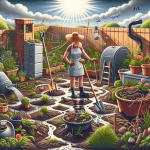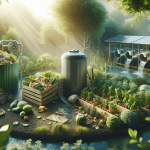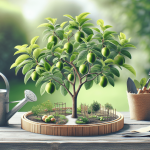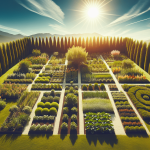This post may contain affiliate links. As an Amazon Associate, we may earn commissions from qualifying purchases.
How can you transform your home into a haven for a variety of plant species? A garden filled with diverse plant life not only enhances the aesthetic appeal of your surroundings but also contributes positively to ecological balance and biodiversity. In this article, you’ll discover helpful insights and practical steps to create your own garden brimming with plants of all shapes, sizes, and colors.
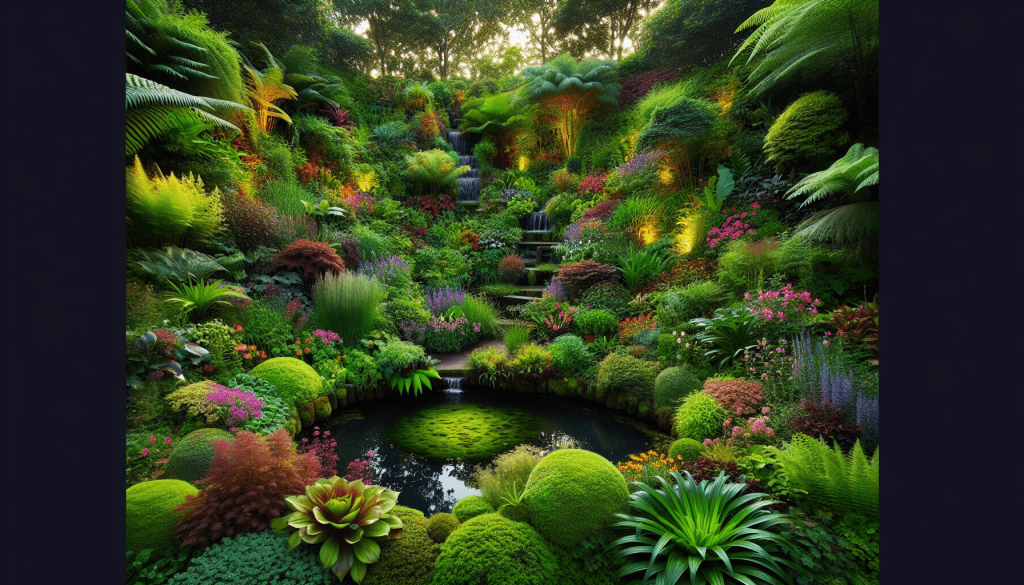
Understanding Your Environment
Before diving into the world of flora, it’s essential to get acquainted with your own backyard. The environment you live in will serve as the canvas for your gardening masterpiece.
Assessing Climate and Soil
Understanding the climate and soil of your area is crucial in selecting the right plants. You wouldn’t want to find yourself with a collection of wilting flowers because they weren’t suited to the local weather or soil conditions. Take note of temperature ranges, precipitation, and seasonal changes. Similarly, test your soil’s pH and nutrient levels, which will help in determining which plants will thrive.
Observing Sunlight Patterns
The sun works its magic in your garden, and recognizing how it moves can make all the difference. Whether your garden is bathed in sunlight all day or only sees the sun for a few hours can change the types of plants you can successfully grow. Take a week to notice where the light falls and for how long. This little homework can save you from future frustrations.
Selecting the Right Plants
Once you’re familiar with your garden’s conditions, the fun part begins—choosing the plants. A diverse garden involves selecting a mix of plant types that cohabit in harmony, creating a thriving mini-ecosystem.
Native vs. Non-Native Species
Your garden can become a refuge for native plants that are already adapted to local conditions. They are often easier to maintain and attract native pollinators. Non-native plants, when chosen carefully, can enrich the garden’s diversity but require more attention to ensure they don’t outcompete native varieties.
| Plant Type | Advantages | Considerations |
|---|---|---|
| Native | Low maintenance, eco-friendly | Limited variety |
| Non-native | Greater variety, unique appearance | Risk of invasiveness, higher maintenance |
Combining Plant Types
Mix annuals, perennials, shrubs, and trees to create a layered garden. Each type of plant serves a unique role, from providing ground cover to offering vertical structure and shade.
- Annuals are great for filling in spaces and adding bursts of color.
- Perennials return year after year, providing consistent structure.
- Shrubs offer a sense of permanence and diversity in foliage.
- Trees are the backbone of your garden, providing shade and forming microclimates.
Creating a Garden Layout
The design of your garden impacts its practicality and aesthetics. Having a plan can ease maintenance and increase your satisfaction with the final result.
Planning for Space and Growth
Plants grow, and they often need more space than you initially anticipate. When planning your layout, ensure there’s enough room for each species to expand without crowding others. This foresight reduces the competition for resources like sun and water.
Integrating Pathways and Zones
Pathways allow you to enjoy different parts of your garden without trampling on delicate plants. Creating zones based on plant type, sunlight needs, or watering requirements can simplify maintenance and make the garden more organized.
Caring for Your Diverse Garden
A garden filled with an array of plant species requires a blend of nurturing strategies to thrive.
Watering Techniques
Different plants have varying watering needs. Implement an irrigation system or designate watering duties based on plant zones. Consider using rain barrels or drip irrigation to be more efficient and environmentally conscious.
Fertilization and Mulching
Providing your plants with the right nutrients is critical. Whether through organic composting or using specific fertilizers, the choice depends on your personal preference and the needs of the plants. Mulching is another excellent practice, as it retains soil moisture, reduces weeds, and adds nutrients slowly as it breaks down.
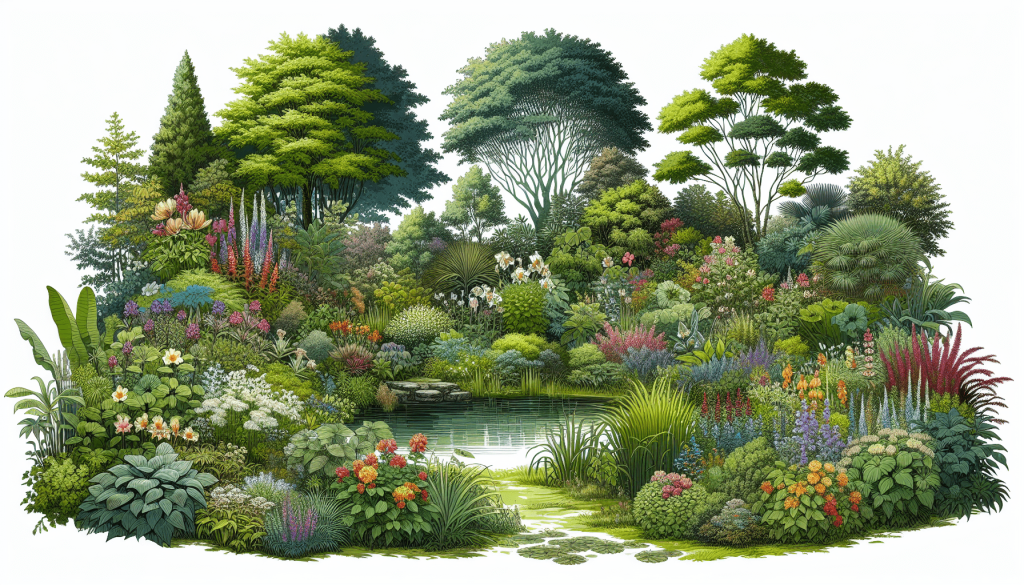
Encouraging Biodiversity
A biologically diverse garden isn’t only about plant variety but also involves inviting a range of living creatures to take part in your garden’s life.
Attracting Pollinators
Bees, butterflies, and birds are crucial for pollination. You can attract them by planting vibrant native flowers and setting up feeders or bird baths. Not only do these creatures aid in plant reproduction, but their presence also adds another layer of life to your garden experience.
Supporting Local Wildlife
Plants can provide shelter and food for local wildlife, from small insects to larger animals. By incorporating a variety of plants, including those with fruits and nuts, you offer sustenance and habitat, enriching your garden’s ecosystem.
Sustainable Gardening Practices
Supporting diverse plant species includes considering the sustainability of your methods.
Composting and Recycling
Recycling garden waste through composting can significantly aid in reducing household waste and providing rich nutrients back to your garden. Incorporate kitchen scraps and yard waste for an environmentally friendly nutrient cycle.
Employing Organic Methods
Avoid excessive chemical pesticides and fertilizers which can harm the ecosystem you’re trying to nurture. Opt for organic solutions to deal with pests and plant diseases, like neem oil or companion planting methods, which naturally deter invasive species.
Embracing Imperfection
Nature thrives on diversity, and so should your garden. Not every corner needs to be manicured, and allowing for a bit of wildness often supports an even greater diversity of life. A little imperfection can mean a healthier ecosystem overall.
Taking a Long-term Perspective
Gardening is not a sprint but a marathon. Set realistic timelines for seeing your garden transform and enjoy the gradual changes season by season. Be patient and flexible, adjusting as necessary when things don’t quite go as planned.
Connecting With Your Garden
Creating a garden is more than assembling plants; it’s about creating a space that you and your family can connect with. Spend time in your garden, listen to the sounds, breathe in the scents, and take a moment to appreciate your efforts.
Sharing Your Space
Invite others to enjoy your garden. Host gatherings, have casual conversations, or create community gardening spaces to inspire others and share in the joy of cultivating diverse plant species.
As you construct your garden, remember it’s a living project—one that will change and grow as you do. By fostering a rich and varied plant life, you’re also weaving a narrative of life and growth on every plot of land.


